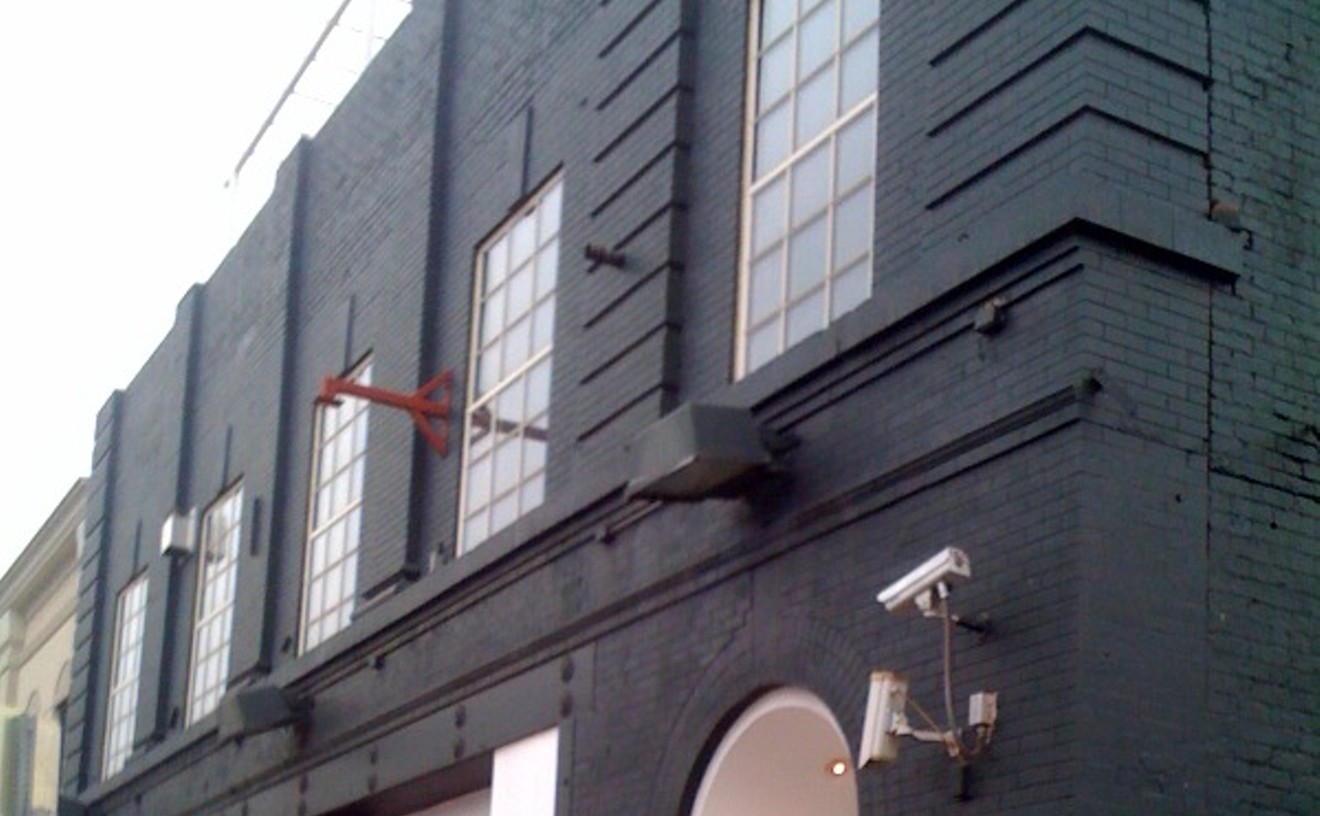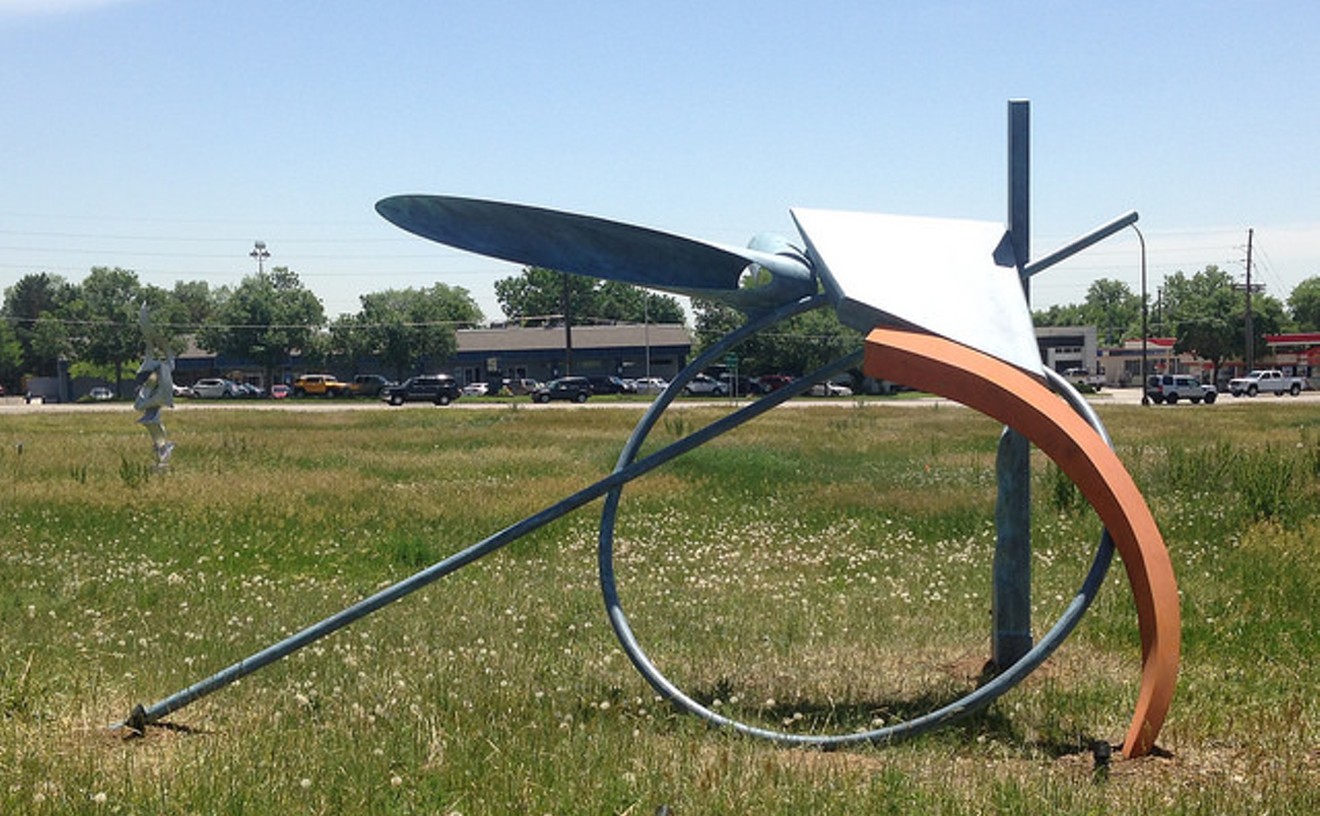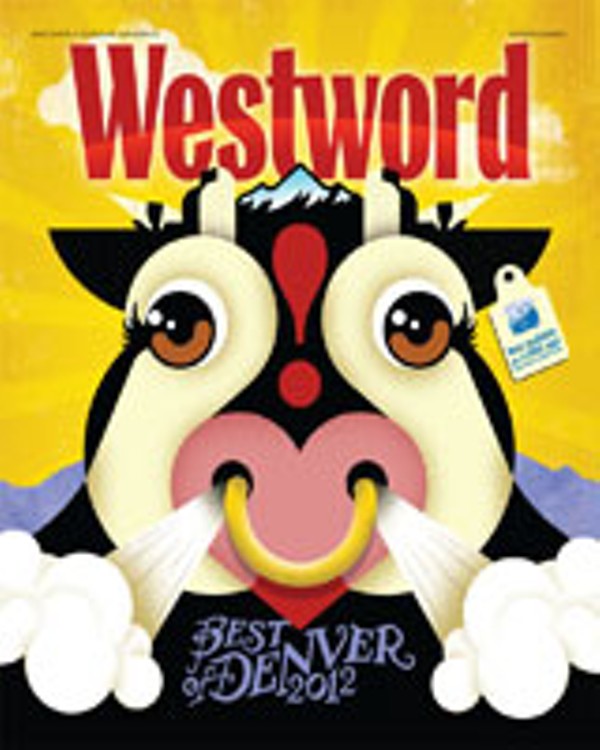When Alex Botwin parted ways with Pnuma Trio, the multi-talented musician focused on Paper Diamond, which took over the electronic airwaves, and he helped build up other artists who later found great success. This inspired him to form Elm & Oak Records, a store and label now based in Boulder that sells records from the imprint's flagship artists as well as merch and other local retail items. With Two Fresh, Quiz, Cherub, Raw Russ and Paper Diamond on the label, Elm & Oak has steadily grown since 2010, and shows no signs of stopping in 2012.
Best Reggae Party
Reggae on the Roof

Reggae on the Roof, the brainchild of Francois Baptiste and 3Deep Productions, has gone through many inceptions and DJs, but the Thursday-night party at Vinyl has never stopped. Attendees can expect to hear the hottest sounds and vibes courtesy of KDJ Above, who turns the place into an island dance hall with the sounds of the best reggae interspersed with the latest in mainstream hip-hop. Arguably the most consistent weekly party, Reggae on the Roof has held it down for more than a decade, and from the looks of the crowded dance floors, ain't a damn thing changed.
- 1082 Broadway, Denver, 80203 Map
- 303-506-8078
- www.coclubs.com/club-vinyl
Best Risk-Taking Evening of Theater
K2

Entering the Aurora Fox's black-box theater for K2, audience members were confronted by a steep cliff (a miraculous piece of design by Charles Packard), where two men were sitting on a ledge. Pakistan's K2 is the second-highest mountain in the world, and it kills climbers; these two men are stranded there. One of them has a gruesome injury on his leg; the other makes a few attempts to climb the cliff and summon help. It's bitter cold and growing dark. The two debate survival strategies, muse about mortality and consider what their lives have meant — and that's pretty much it for the action. The play asks a lot of both actors and viewers, trapping them together in a static situation and a bleak and terrifying place. But under the direction of donnie l. betts and in the hands of two veteran actors, Jude Moran and William Hahn, K2 proved a riveting evening of theater.
- 9900 E. Colfax Ave., Aurora, 80010 Map
- 303-739-1970
- www.aurorafoxartscenter.org
Best Salute to a Forgotten Art Star
John Haeseler Revisited

The art scene we have today in Denver is rooted in the late '70s and early '80s. That's when the first co-ops were founded and a generation of galleries began coming on line, with a crowd of artists emerging to fill those places; the first First Friday celebrations even date to that era. Many of the people intrinsic to establishing the scene are still around, but a few who died prematurely have been all but forgotten. John Haeseler Revisited, at Z|Art Dept., resurrected the reputation of one such once-lively force. The display of Haeseler's brightly colored, somewhat Warholian paintings was a definite stretch for Z, where the normal stock-in-trade is the quiet elegance conveyed by vintage abstraction. But it was great to once again experience Haeseler's work, which hadn't been exhibited for more than fifteen years, and to see how fresh and new it all still looked.
- 1136 N. Speer Blvd., Denver, 80203 Map
- 303-298-8432
- www.zartdept.com
Best Sculpture Show
Robert Mangold Retrospective: Time, Space and Motion

Collin Parson hit it out of the park with Robert Mangold Retrospective: Time, Space and Motion, a show that's still open in the entire set of galleries on the lower level of the Arvada Center for the Arts. The center's exhibition designer, the twenty-something Parson served as curator of this show as well: The son of sculptor Chuck Parson, he met Mangold, the dean of contemporary sculpture in Colorado, when he was a child. Parson brought in a timeline to map out Mangold's long and distinguished career; the exhibit includes pieces from his many different series, notably the spherical whirligigs of "Anemotive Kinetics," as well as sketches, videos, clippings and photos. As a result, it's a full-tilt retrospective that takes the viewer through the decades of Mangold's long and illustrious career, reflecting all his various musings on space and movement.
- 6901 Wadsworth Blvd., Arvada, 80003 Map
- 720-898-7200
- www.arvadacenter.org
Best Season for an Actor
Brian Norber
Brian Norber has been such a mainstay of Boulder's Dinner Theatre for so many years that he could well say with Gus, the Theatre Cat (a role he took on this year): "I have played in my time, every possible part/And I used to know seventy speeches by heart/And I knew how to act with my back and my tail/With an hour of rehearsal, I never could fail." His work keeps getting richer and deeper, however. As the Phantom's father, Gerard Carriere, he was quietly dignified through most of the evening, breaking down emotionally only at the end of the Phantom. And as the melancholy, middle-aged Man obsessed with 1920s musicals, he provided the spine and just a touch of gravity for The Drowsy Chaperone, a charming piece of fluff, pitching the role precisely between cynicism and wonder, and making the Man's enthusiasm infectious. Yes, it's dumb, he seemed to be saying, but, damn, ain't it great? Isn't the musical just about the best thing the USA ever gave the world? And in that moment, you simply had to agree.
- 5501 Arapahoe Ave., Boulder, 80303 Map
- 303-449-6000
- www.bdtstage.com
Best Season for an Actress
Lucy Roucis
Lucy Roucis is a mainstay in PHAMALY, Denver's outstanding company of disabled actors; she herself suffers from Parkinson's. She was a wise and sightly ironic presence for PHAMALY's program of skits, songs and stories, Vox Phamalia: Quadrapalooza; gave a killer performance as a gruff female executive in How to Succeed in Business Without Really Trying; and really shone in The Elephant Man, where she played Mrs. Kendall, an actress, brought in by the doctor so that the grotesquely deformed protagonist can become accustomed to female company. In some of the play's most touching scenes, they develop a genuine bond. "Mrs. Kendall, you are magnificent," the doctor says. And, as played by Roucis — with a warm, low-voiced gravitas through which a spark of impish humor occasionally broke though — she most certainly was.
Best Set
The Taming of the Shrew

What was fascinating about the set created by David M. Barber for the Denver Center Theatre Company's production of The Taming of the Shrew, which was set in 1950s America, was how it melded broad and cartoony elements with others that were subtle and aesthetically pleasing. There was a big map at the back of the stage that tracked the characters' wanderings around the country in lines of light, as well as a number of '50s-style ads for Shakespeare-referencing products hanging at the sides: a car called a Dromio, Viola's Kiss makeup. Petruchio's home was funky, dull-colored and rustic, but Baptista's restaurant was so elegant, the colors melting into each other in shades of pink, silver and purple, that you found yourself wondering what was on the menu and if they'd let you sneak in for a bite.
- 14th and Curtis streets, Denver, 80202 Map
- 303-446-4829
Best Shakespeare Monologue
Kathleen McCall

If you've ever seen The Taming of the Shrew, you remember the tamed Katherine's final speech, the one in which (at her husband, Petruchio's, request), she exhorts the other women in the play — and, by extension, all women — to be obedient to their husbands. The speech is moving and eloquent and really, really hard for most of us to sit through these days. Directors and actors play all kinds of games to deal with the problem, but Kathleen McCall's approach in this year's Denver Center Theatre Company production was the best we've seen. She spoke the words sincerely, even choosing an unexpected recipient for one of the most telling passages — her father — and yet she never abased herself. This wild woman was clearly crazy for her equally wild husband, and she made us understand that any yielding of will was mutual. In her hands, this unpleasant passage became a heartfelt tribute to the transformative power of love.
- 14th and Curtis streets, Denver, 80202 Map
- 303-446-4829
Best Shmoozer for Artists
Action Figures
Several years back, local artist Katie Taft curated Self Made, a stimulating art-talk series at Double Daughter's that eventually outlived its shelf life there. But it wasn't an idea that was ready to be tabled altogether. Taft brought the idea back into play last year, when Action Figures debuted as a monthly event at the Colorado Photographic Arts Center in Belmar. A new opportunity for artists to get together and share ideas and challenges, Action Figures provides both a fascinating look at the artistic process and a kick in the butt for working artists. Go be inspired.





